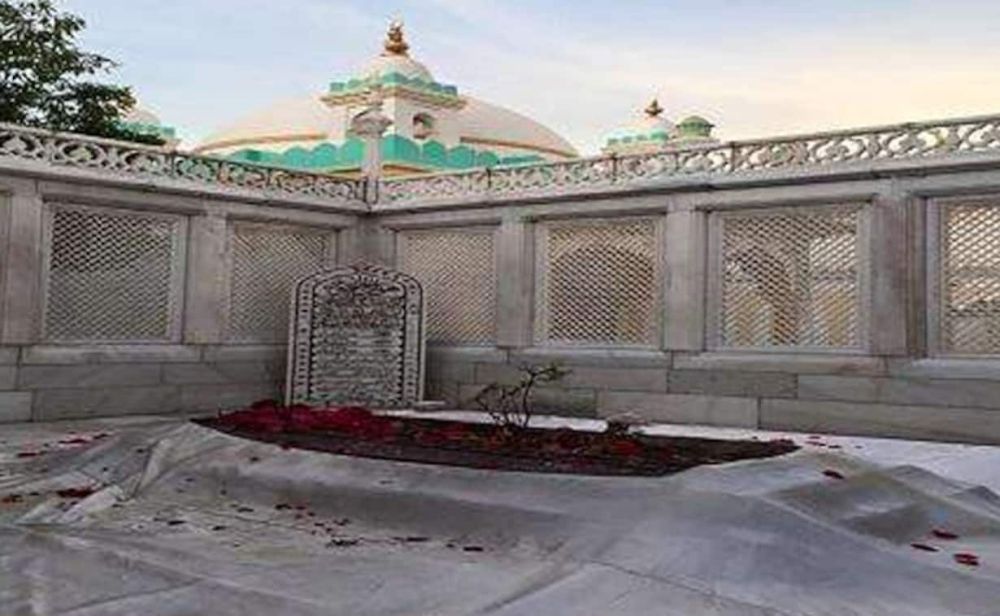

Aurangabad, a city steeped in history, is home to the modest yet significant Tomb of Aurangzeb. The Mughal Emperor Aurangzeb, known for his orthodox views and expansive empire, ruled from 1658 until his death in 1707. Unlike the grand mausoleums of his predecessors, Aurangzeb's final resting place is a simple, open-air grave located in the village of Khuldabad. This choice reflects the Emperor's desire to be buried in a plain grave following the principles of his faith. The tomb is situated near the dargah of Sheikh Zainuddin, a Sufi saint whom Aurangzeb held in high regard.
The Tomb of Aurangzeb has been a point of interest for scholars, historians, and tourists for centuries. Historical accounts suggest that even during the colonial times, visitors would make the journey to Khuldabad to witness the last resting place of the controversial Emperor. After India's independence, the site became a protected monument under the Archaeological Survey of India (ASI).
Over the years, the Tomb of Aurangzeb saw a steady flow of visitors, maintaining its status as a drawcard for those interested in the Mughal era and its architectural simplicity – a stark contrast to the lavish Taj Mahal.
In recent times, tourism trends in Aurangabad have been evolving. The city, known as the "Tourism Capital of Maharashtra," has seen a diversification in tourist interests. Heritage and eco-tourism have gained popularity, with the Ajanta and Ellora Caves being key attractions alongside the Tomb of Aurangzeb.
The local government has introduced initiatives to boost tourism, including heritage walks and the development of tourist circuits that integrate multiple points of interest. The Tomb of Aurangzeb is often included in these circuits as a site of historical significance. Moreover, the rise of digital and social media marketing has led to increased awareness and a growing interest in India's Mughal past among international audiences.
Those looking to visit the Tomb of Aurangzeb will find a quiet spot that resonates with the austerity that marked the Emperor's life. The tomb complex is accessible throughout the year, and visitors can witness the unadorned grave, which is a lesson in humility amidst the grandiosity of Mughal architecture.
The best time to visit is during the cooler months of October to March, when the climate of Aurangabad is pleasant for exploring. Visitors are also advised to explore the surrounding areas of Khuldabad, which are rich with historical sites, including the tombs of other Mughal personalities and notable figures from Indian history.
The Tomb of Aurangzeb is more than just a historical landmark; it is a testament to the Emperor's life and times. Its simplicity presents a stark contrast to the well-known glory and grandeur of the Mughal architecture, offering a unique perspective to tourists on the diversity of historical narratives. With Aurangabad's ongoing efforts to promote tourism, the tomb remains a must-visit for anyone interested in the intricate tapestry of India's rich cultural heritage.